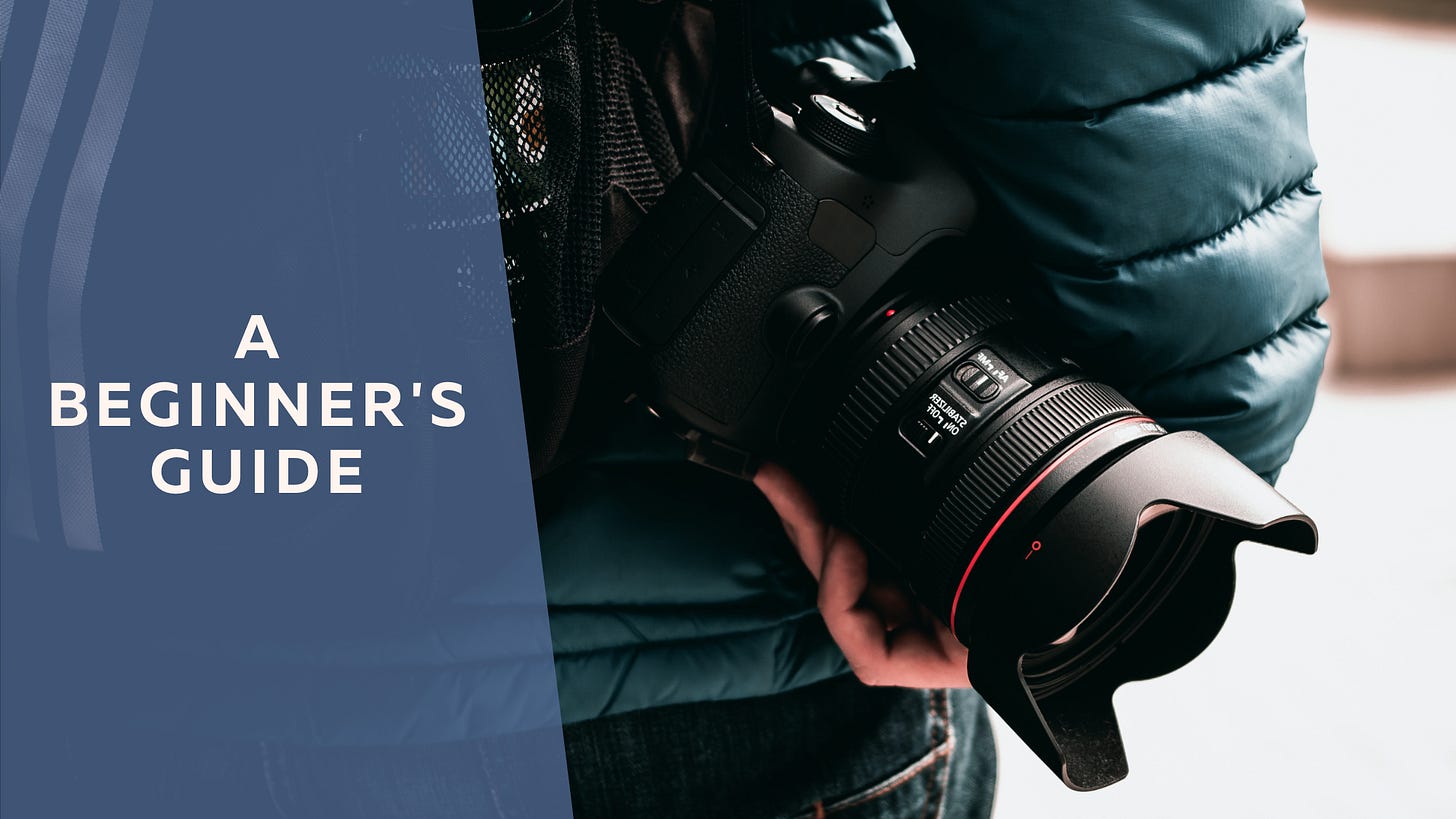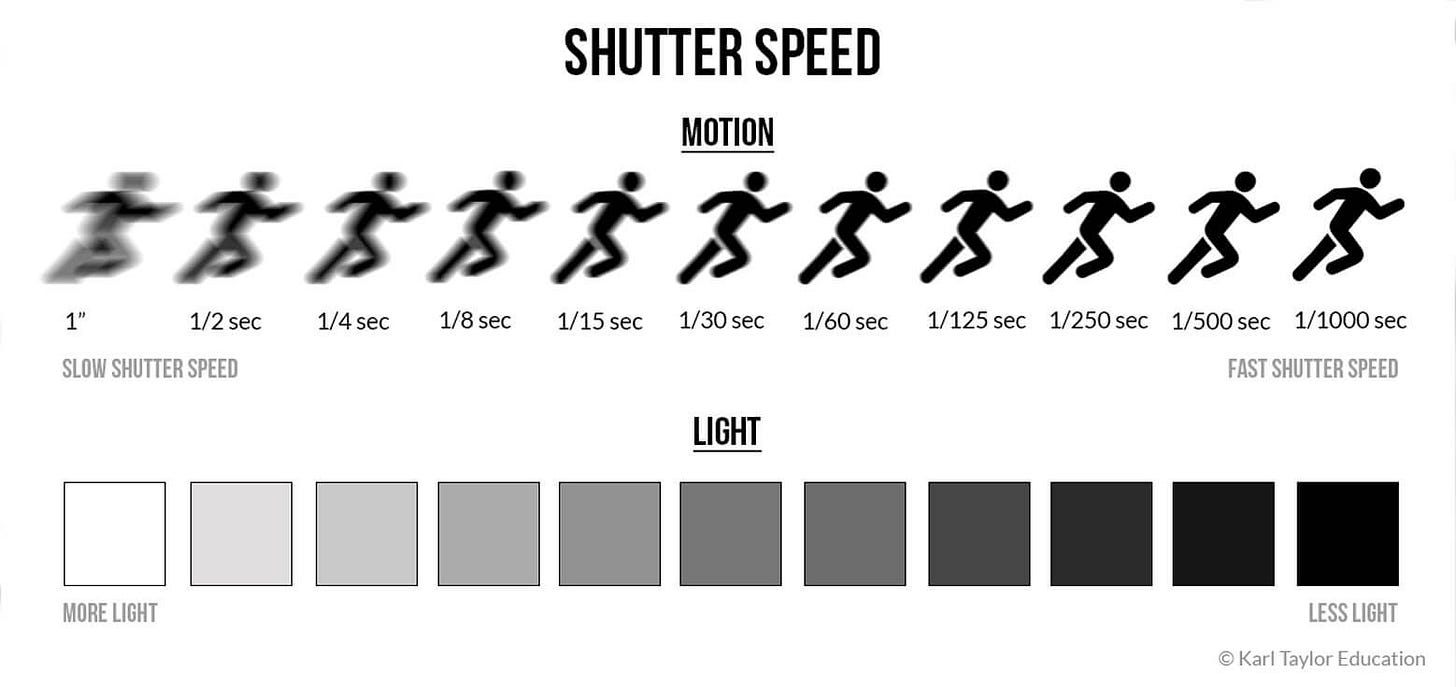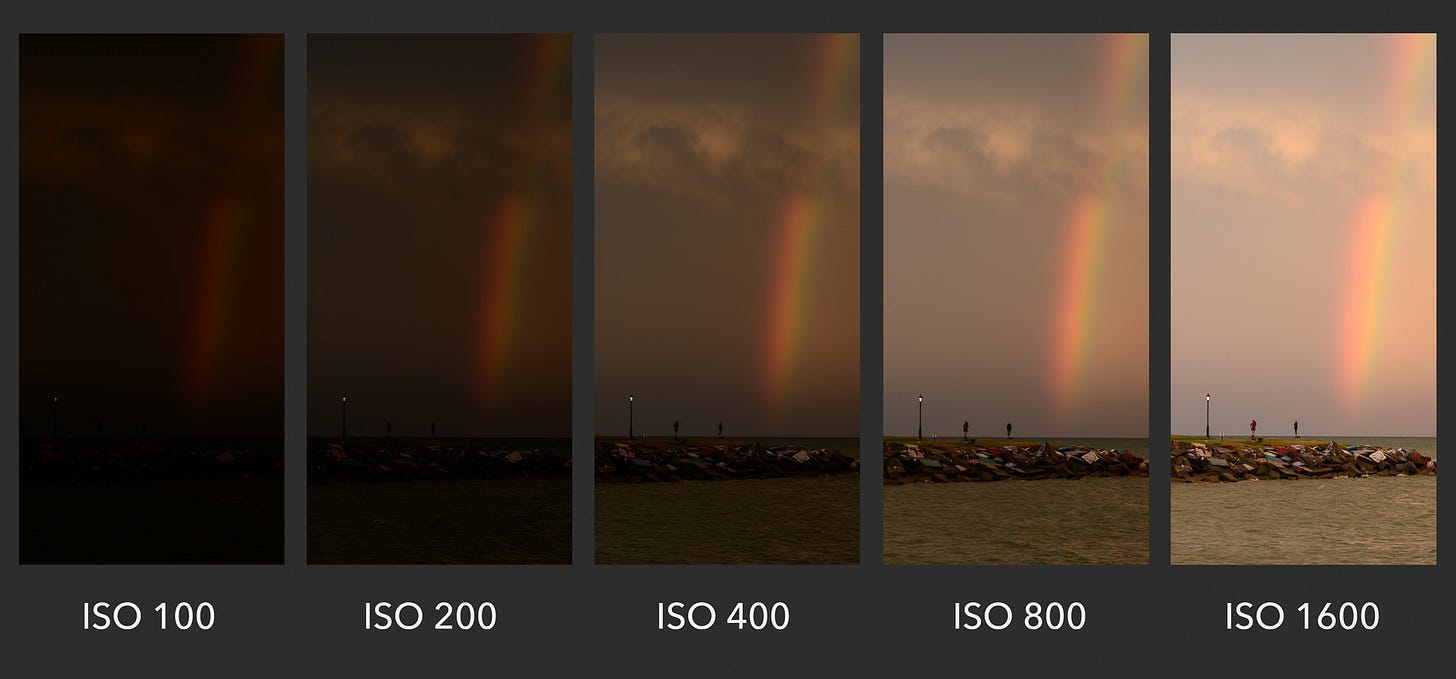Exploring the Three Pillars of Photography: A Beginner's Guide
Unlocking the Secrets to Stunning Photography Through Aperture, Shutter Speed, and ISO
Introduction
Photography is a captivating and versatile art form that allows us to capture moments, express creativity, and share stories. Whether you're an aspiring photographer or a casual enthusiast, understanding the three fundamental pillars of photography is essential to capture striking and meaningful images. In this article, we'll explore the basics of photography, focusing on the three key elements that form its foundation: Aperture, Shutter Speed, and ISO.
Pillar 1: Aperture
Aperture refers to the opening in the camera lens through which light passes to reach the image sensor. It plays a crucial role in controlling the amount of light entering the camera and determining the depth of field in a photograph.
Aperture is measured in f-stops, denoted as f/1.8, f/4, f/8, and so on. A lower f-stop number (e.g., f/1.8) represents a wider aperture, allowing more light and creating a shallow depth of field. This is ideal for portraits, where the subject is in sharp focus while the background is beautifully blurred.
In contrast, a higher f-stop number (e.g., f/16) results in a narrower aperture, letting in less light and providing a greater depth of field. This is useful for landscape photography, ensuring that both foreground and background elements remain in focus.
Understanding how to adjust the aperture settings on your camera is essential for creative control over your photographs.
Pillar 2: Shutter Speed
Shutter speed dictates the amount of time that the camera's sensor is exposed to light. It has a significant impact on the motion in your photos and can freeze or blur movement.
Source: Jnrphotovideo.com
Fast shutter speeds (e.g., 1/1000s) are ideal for capturing fast-moving subjects like sports, as they freeze the action and eliminate motion blur.
Slow shutter speeds (e.g., 1/30s or longer) can create beautiful effects, such as light trails in long-exposure shots of traffic or starry night skies. However, they require a stable camera or tripod to avoid camera shake.
Mastering shutter speed allows you to convey motion or stillness in your images, adding another layer of creativity to your photography.
Pillar 3: ISO
ISO measures the camera sensor's sensitivity to light. A higher ISO setting results in greater sensitivity but may introduce digital noise or grain in your photos.
Low ISO settings (e.g., ISO 100 or 200) are best for bright conditions, as they produce clean and noise-free images. These settings are suitable for outdoor daytime photography.
Higher ISO values (e.g., ISO 800, 1600, or higher) are necessary in low-light situations, but they can introduce grain. Modern cameras are becoming better at handling high ISOs, but it's essential to find a balance between sensitivity and image quality.
Understanding how to adjust ISO settings can help you adapt to various lighting conditions and achieve the desired exposure for your photographs.
Conclusion
The three pillars of photography—Aperture, Shutter Speed, and ISO—are fundamental to creating well-exposed and visually compelling images. Mastery of these elements empowers photographers to unleash their creativity and craft photos that tell stories, evoke emotions, and capture the essence of a moment. As you embark on your photographic journey, remember that practice, experimentation, and continuous learning are the keys to becoming a skilled and passionate photographer.




